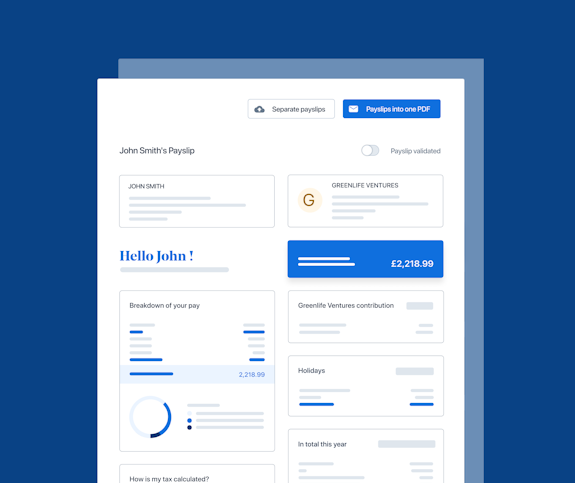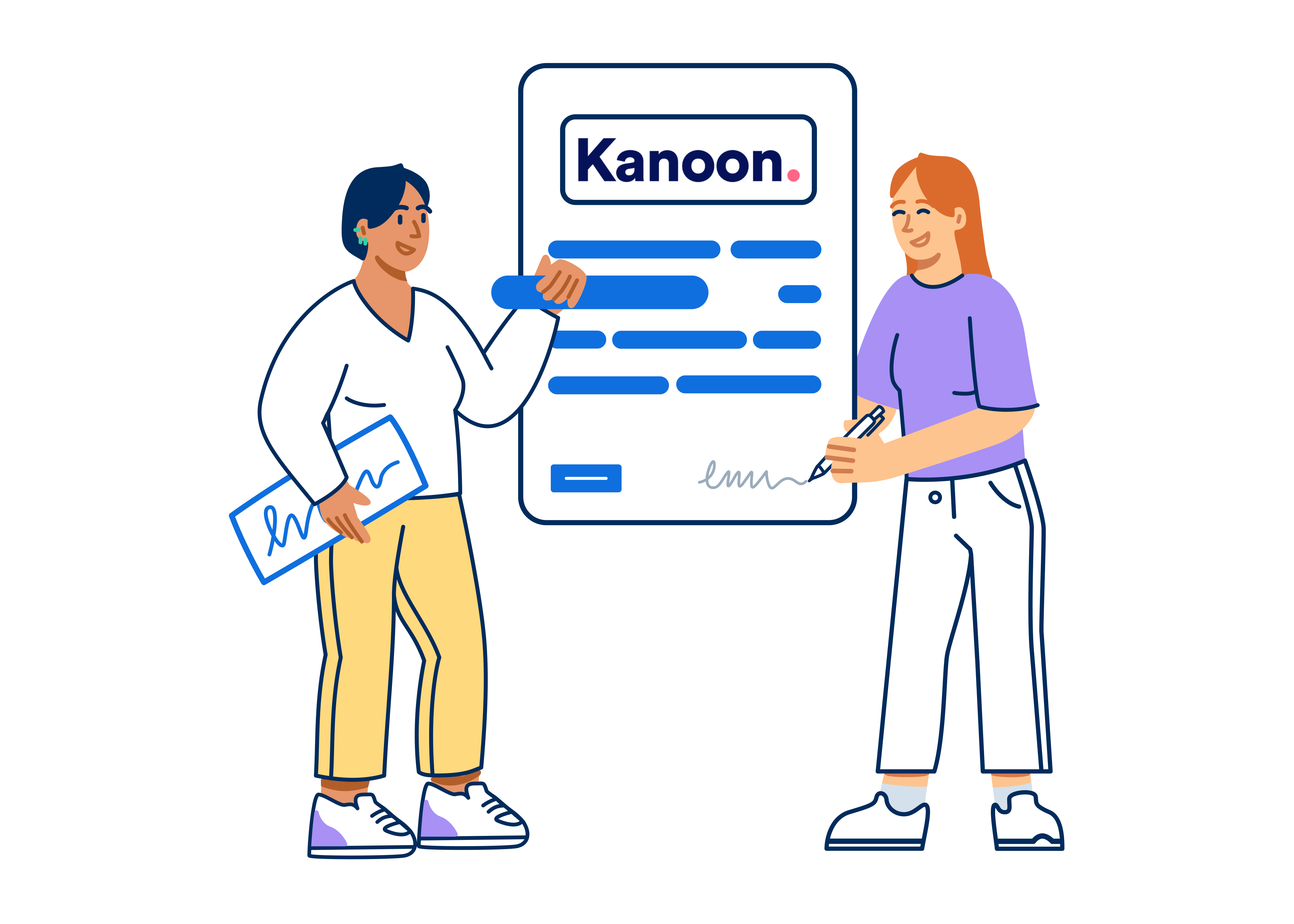- Blog
- |People management
- >Employee wellbeing
- >what is employee turnover
What is Employee Turnover and How is It Calculated?


The success of any company depends on hiring the right talent. However, employees can leave companies, in some cases, just as soon as they’ve joined. Employee turnover happens more often than we’d like. It also leaves managers and HR professionals with no other option but to hire someone else.
This often costs more time, effort and money. It can also lead to other problems such as reduced performance and morale, especially on the leaving employee’s team.
These potential costs and challenges make understanding the specific reasons for turnover within your company crucial. When you know your employee turnover rate, you can create better strategies to manage and retain your employees.
This guide explains what employee turnover is, how to calculate employee turnover as well as the different types of turnover companies can experience. Most importantly, we’ll go over how you can improve your employee retention.
Let’s start with some basics.
What is employee turnover?
Employee turnover (or staff turnover) reflects the number of employees who leave your company within a specific period and need to be replaced.
Although often used interchangeably, employee turnover isn’t the same as attrition. With turnover, employees who leave are often replaced. However, with attrition, these employees aren’t replaced.
If left unchecked, high employee turnover can slowly weaken your company and limit you from achieving your business goals.
Types of employee turnover
Here are the two main types of employee turnover and how they affect your company.
Voluntary turnover
Voluntary turnover refers to when an employee leaves a company of their own will. These employees often leave because they found a better-paying job, had personal differences with colleagues or a manager, retired, or something else.
It's considered undesirable turnover when competent employees leave voluntarily.
Involuntary turnover
Involuntary turnover refers to employees leaving a company because their employer terminated their contract, usually because an employee fails to meet the performance level set for them, engages in workplace misconduct, and so on.
When a low performer is let go, it’s usually termed a desirable turnover because a more competent person is hired to replace them.
What is the employee turnover formula?
Calculating employee turnover helps to measure the rate at which employees are leaving your company over time.
Knowing your company’s rate of turnover will help you make better plans concerning recruitment and retention.
For reference, here is the employee turnover calculation:
Divide the total number of employees who left your company by the average number of employees within a specific period. Then multiply the result by 100 to get a percentage.
To get the average number of employees within a period, sum the number of employees at the start and end of that period, then divide by 2.
Employee turnover formula

Here’s an example to help you better understand how to calculate your employee turnover rate.
Let’s assume that from January 2022 - December 2022, 30 employees left your company. Also, in January 2022, you had 700 employees and 710 in December 2022.
Here’s what your employee turnover calculation will be:
Employee turnover rate =30(700 + 710)/2 100
Employee turnover rate =301410/2 100
Employee turnover rate =30705 100
Employee turnover rate =0.043100
Employee turnover rate =4.2%
Remember that this formula accounts for all leavers and doesn’t separate voluntary from involuntary turnover.
What causes employee turnover?
Now that you’ve seen how to calculate your employee turnover rate, let’s consider some factors that cause your employees to leave — especially voluntary turnover.
A toxic workplace environment
Employees rarely last in unhealthy work environments. Most people will feel a workplace is toxic if there’s an atmosphere of disrespect, non-inclusivity, and abuse.
Poor management
Managers play a crucial role in keeping a company’s turnover rate in check. Since managers relate directly with employees, their relationship often has a weighty bearing on whether an employee chooses to leave or not.
If the relationship between managers and employees is primarily positive, then it’s likely that your turnover rate would be low — and vice versa.
Low pay or benefits
Compensation and benefits are significant reasons why people work. As such, if employees feel they’re not being paid enough, it won’t take long for them to find employment elsewhere with higher pay.
Poor hiring decisions
Sometimes, you hire the wrong person for the job. Whenever this happens, it won’t be long before this employee starts to feel out of place within your company and eventually leave.
Unrealistic expectations and overworking
Employees would rather have the energy to pursue hobbies and other activities instead of always being exhausted.
As such, they might start thinking of leaving and going somewhere where they can experience a proper work-life balance and lower stress levels.
How to improve employee retention
Here are a few ways to reduce turnover and improve employee retention.
Offer growth opportunities
When employees know there’s always a chance to improve their skills and climb up the ranks within your company, they’ll likely be more inclined to stay.
Improve employee engagement
Engaging your employees helps them realize you value their work and contributions to your company. As you engage your employees, they’ll be more connected to their work and be motivated to do even more.
Provide regular feedback
In line with employee engagement, sharing and accepting feedback with your employees is essential.
Regular communication, in the form of surveys, one-on-one meetings, and pulse checks, can help you understand your employees better and identify any challenges they might be facing.
Acting on the feedback you receive goes a long way in making employees trust and remain loyal to your company.
Offer flexible and balanced work conditions
Where possible, it helps to offer flexible and balanced work conditions to your employees. Such flexibility and balance help employees maintain productivity while still being able to cater to other aspects of their lives.
Pay employees well
If you compensate your employee well, they tend to last longer working for you. In addition, because you’re paying a competitive salary, it becomes more difficult for other companies to poach your talent.
Aside from the salary, it’s also essential to offer great benefits. These benefits should be relevant and tied to your employee’s needs, like occupational Sick Pay (OSP).
Streamline your employee onboarding process
A new employee’s onboarding experience and the first impression it leaves go a long way in determining how they’ll view your company. As such, it’s crucial to nail the onboarding process.
You can use PayFit, an HR and payroll software, to build onboarding checklists that help new hires acclimate to their tasks. Create checklists for your HR team, collect all the documents you need, and so much more.
Book a free demo today to learn how PayFit can help you handle employee turnover.


A UK 4-Day Working Week - Thoughts On Labour’s Plan

Running payroll - A Guide For New Businesses

The Alabaster Ruling & Maternity Pay - A Guide For Employers

The End Of Zero Hours Contracts? Implications For Businesses

What is the HM Revenue and Customs Starter Checklist

